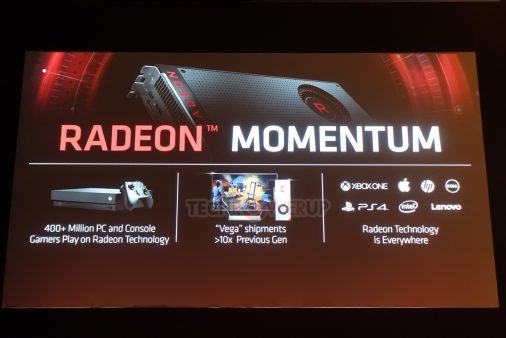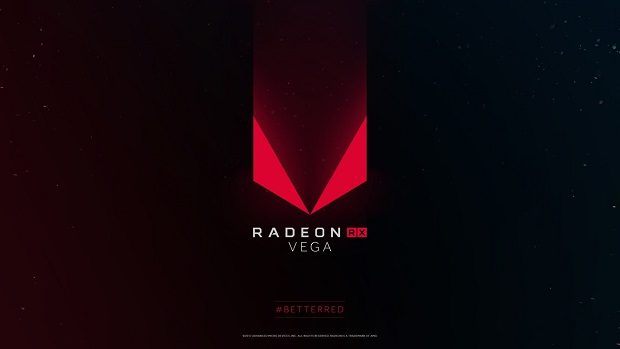Vega is the latest architecture from AMD which the company used for its GPUs and during its presentation at Computex 2018, AMD noted that AMD Vega products outsold the previous generation by over 10 times.
During its Computex 2018 presentation, AMD showcased a slide noting that AMD Vega shipments are over 10 times greater than those of the “previous generation”.
The reason why AMD Vega managed to achieve such a feat is that Vega is not only used in discrete AMD GPUs but is also used as the graphics counterpart in its APUs, in custom SoCs of the latest consoles like Xbox One and PlayStation 4 and even their upgraded counterparts use the APUs featuring Vega graphics.
Furthermore, AMD noted that by the “previous generation” it didn’t mean the “Polaris” architecture but it was referring to “Fiji” which was used in Radeon R9 Fury X and R9 Nano.

Speaking on AMD GPUs, the company has noted that the upcoming AMD Navi GPUs might not feature the HBM2 memory as it could work perfectly with GDDR6 memory too.
According to AMD, while they have their eyes set on the HBM technology due it being great for “datacentre/workstation type of application” but they are also planning to introduce the GDDR6 memory to the market.
If AMD moves towards the GDDR6 memory for its AMD Navi GPUs then it wouldn’t be surprising since the GDDR6 is very comparable to HBM2 in terms of bandwidth.
As teased by Micron, the GDDR6 GPU memory could reach up to 20Gbps of bandwidth and Micron’s GDDR6 memory overclock headroom showcases that upcoming Nvidia and AMD GPU featuring the GDRR6 memory might surpass the HBM2 bandwidth.
Not only that, AMD has also introduced the world’s first ever 7 nm GPU, the Radeon Vega Instinct. Radeon Vega Instinct offers 35% increased performance compared to the 14 nm.
Furthermore, compared to the 14 nm the 7 nm also results in double power efficiency meaning it can do all the work that 14 nm based GPU can but with almost half the wattage.
